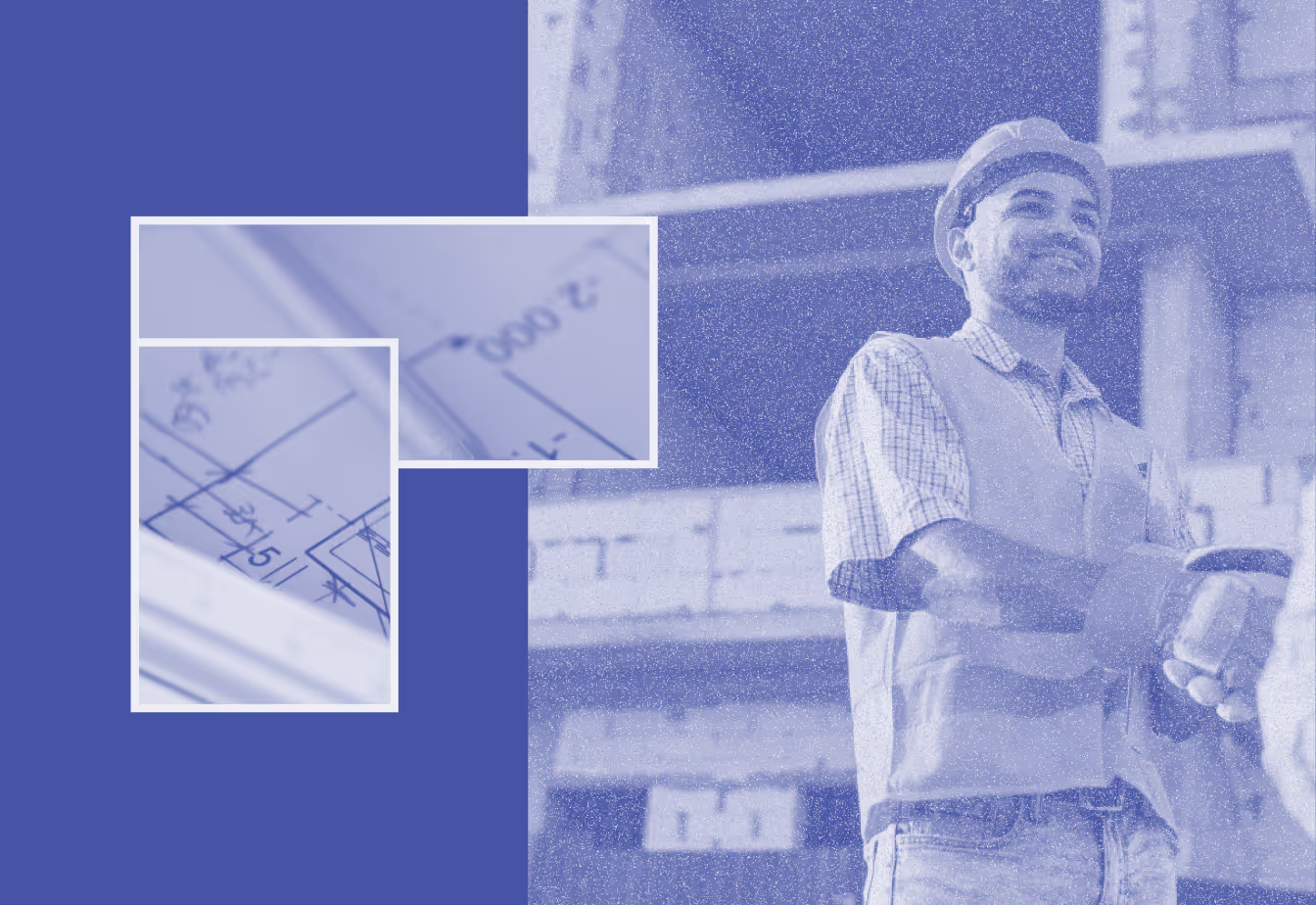Is Construction Lending Safer than Stabilized Assets?

According to the Office of the Comptroller of Currency, construction lending has historically been a bank's riskiest undertaking. This stems from its unique nature: the collateral securing the loan is being built using the loan proceeds themselves. In other words, the loan's security doesn't exist until funds are properly disbursed and implemented.
The assertion that construction lending currently poses less risk than stabilized real estate lending represents a significant departure from conventional wisdom. To understand this claim, we must examine the current market dynamics:
Pros for Construction Lending
- Built-in interest reserves provide payment stability
- Current regulatory environment supports maintaining strong credit ratings
- Substantial equity participation from investors
- Extended timeline allows for market recovery
Cons for Stabilized Properties
- Widespread hotel closures affecting immediate cash flows
- Multi-family properties impacted by payment deferrals and eviction moratoriums
- Office space facing severe leasing challenges
- Volatile takeout market conditions
- Regulatory requirements mandate downgrades for properties not stabilized within 12 months
The core argument centers on predictability: forecasting cash flows three years out appears more feasible than projecting them six months ahead. While this may seem counterintuitive, it reflects the expectation of an eventual return to pre-pandemic market conditions, rather than navigating the immediate uncertainties.
The risk profile varies significantly by property type and circumstance. Consider two contrasting scenarios: a stabilized industrial park with long-term Amazon leases presents minimal risk compared to a new hotel development. Conversely, a new industrial park development may carry less risk than an existing hotel property in today's market.
Setting aside variations in property type and location, industry experts generally agree that construction risk—combined with a three-year window for economic and pandemic recovery—presents less exposure than stabilized assets facing uncertain near-term cash flows and depleted reserves. This holds true across most sectors (office, hotel, multi-family, retail), with industrial properties being the notable exception.
The Construction Cost Challenge
One significant caveat exists: construction costs remain highly unpredictable. Supply chain disruptions and economic volatility have created substantial pricing uncertainty, with projects routinely requiring framing cost adjustments over recent months. These fluctuating costs continue to pose a significant challenge.
This cost uncertainty makes construction lending more complex than it was previously. Despite seeing opportunities in construction, industry experts emphasize maintaining balanced portfolios as a prudent strategy.
Safer is Relative
In the current climate, all real estate lending carries significant risk. While cash flow predictability remains the key factor in assessing loan repayment capacity, longer-term projections (3+ years) may offer more reliability than near-term forecasts. This dynamic makes construction lending a potentially advantageous investment for financial institutions at present.
The risk premium for construction has correspondingly decreased. While “safe harbor” overstates the case—construction lending retains substantial inherent risks—the current economic uncertainty makes future delivery timelines more attractive than immediate operation requirements.








